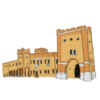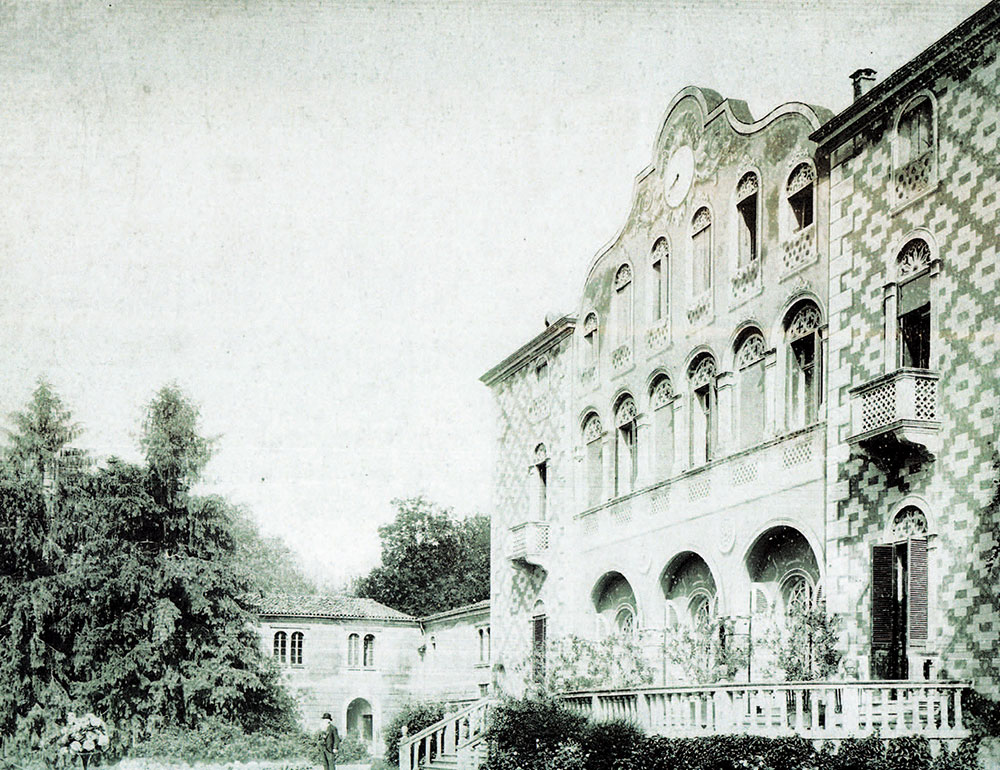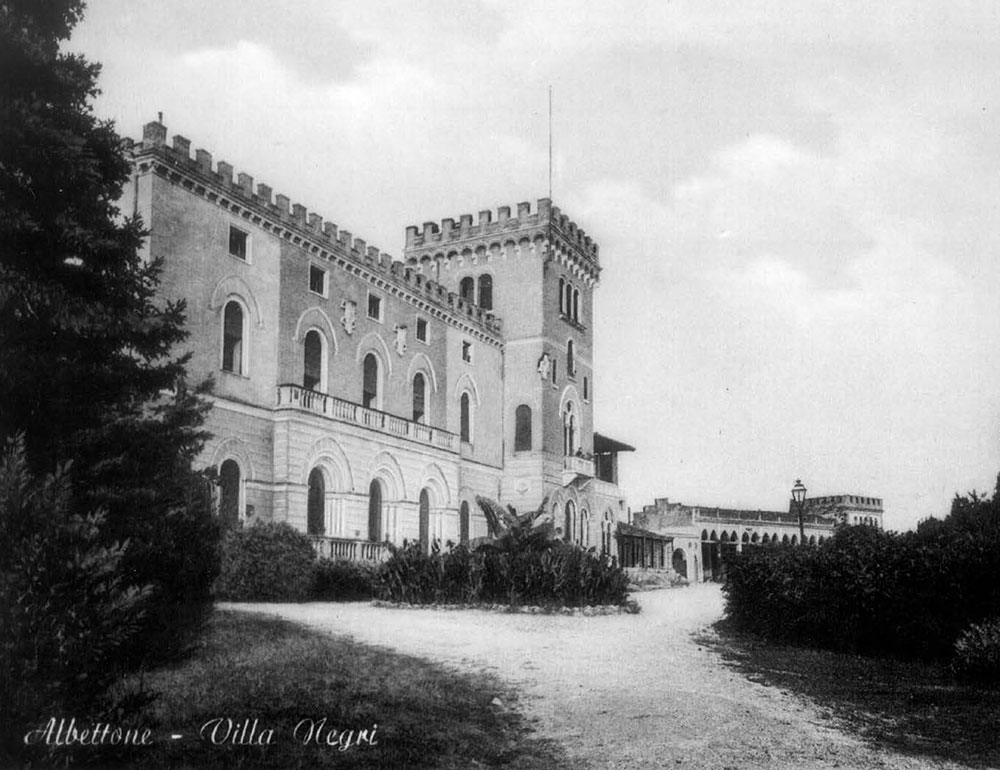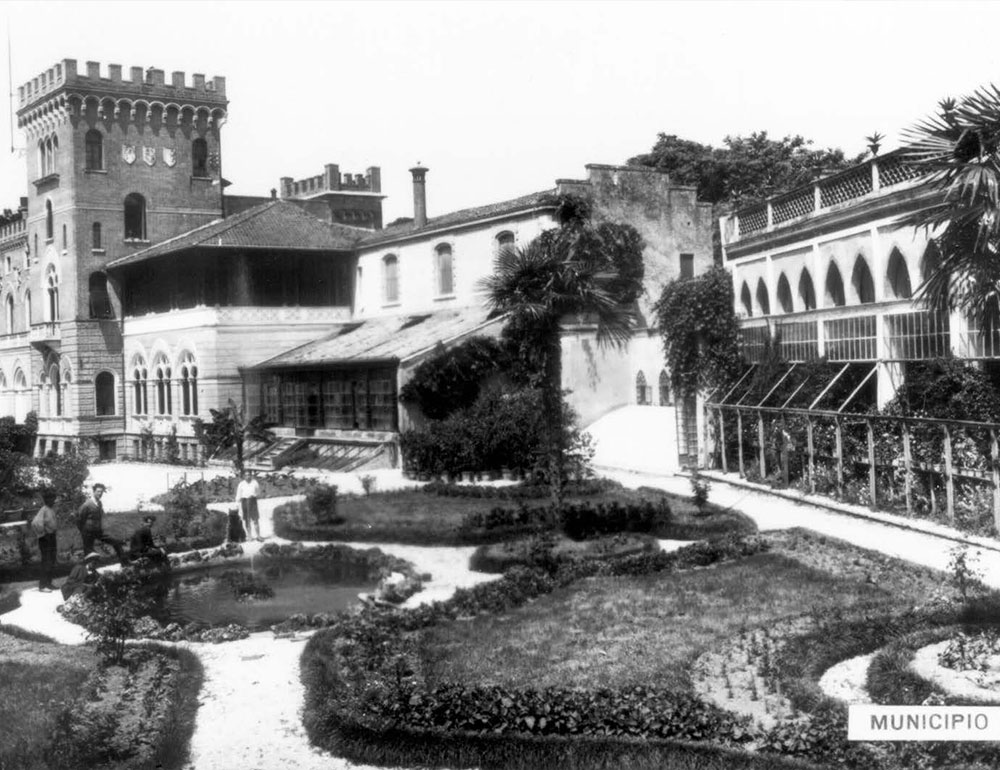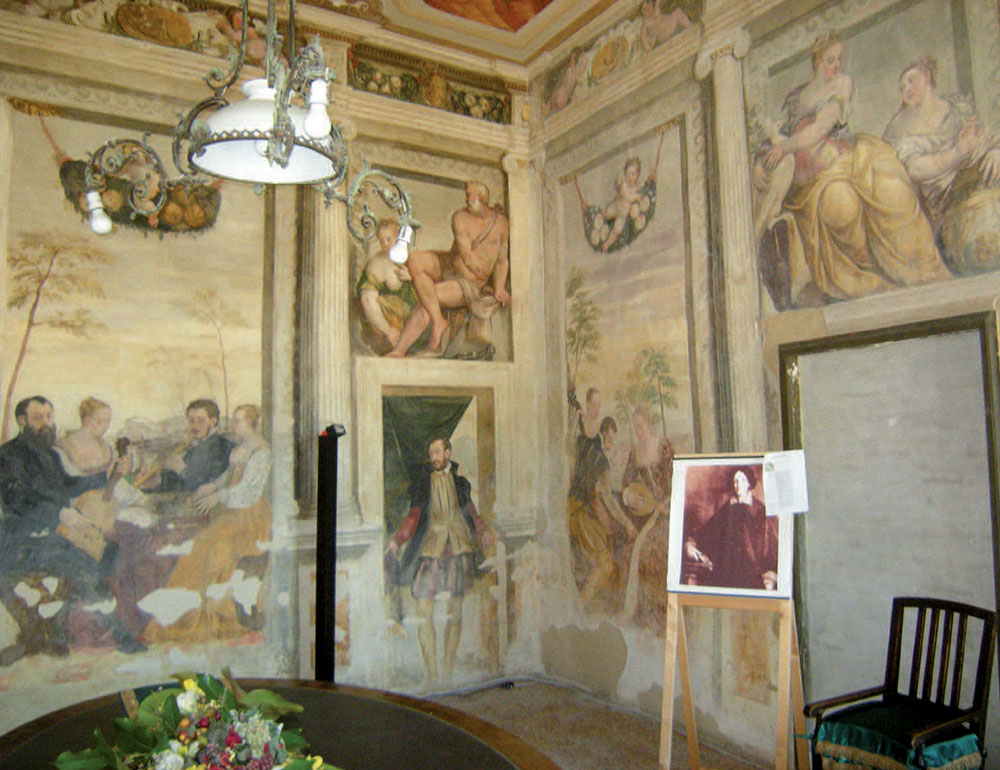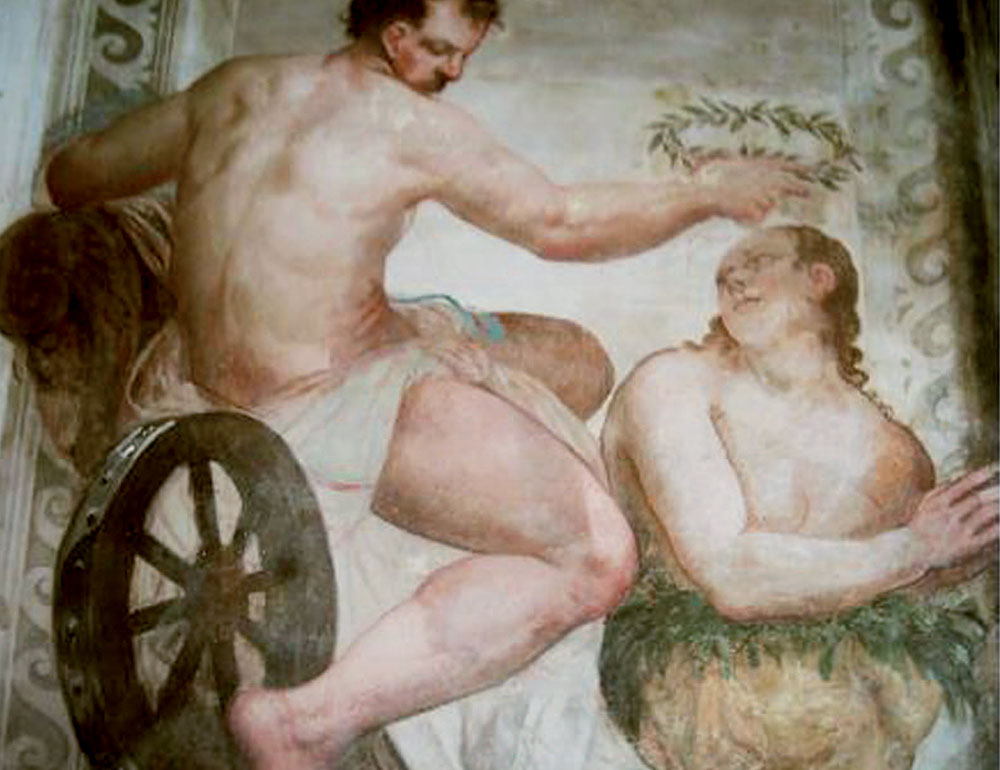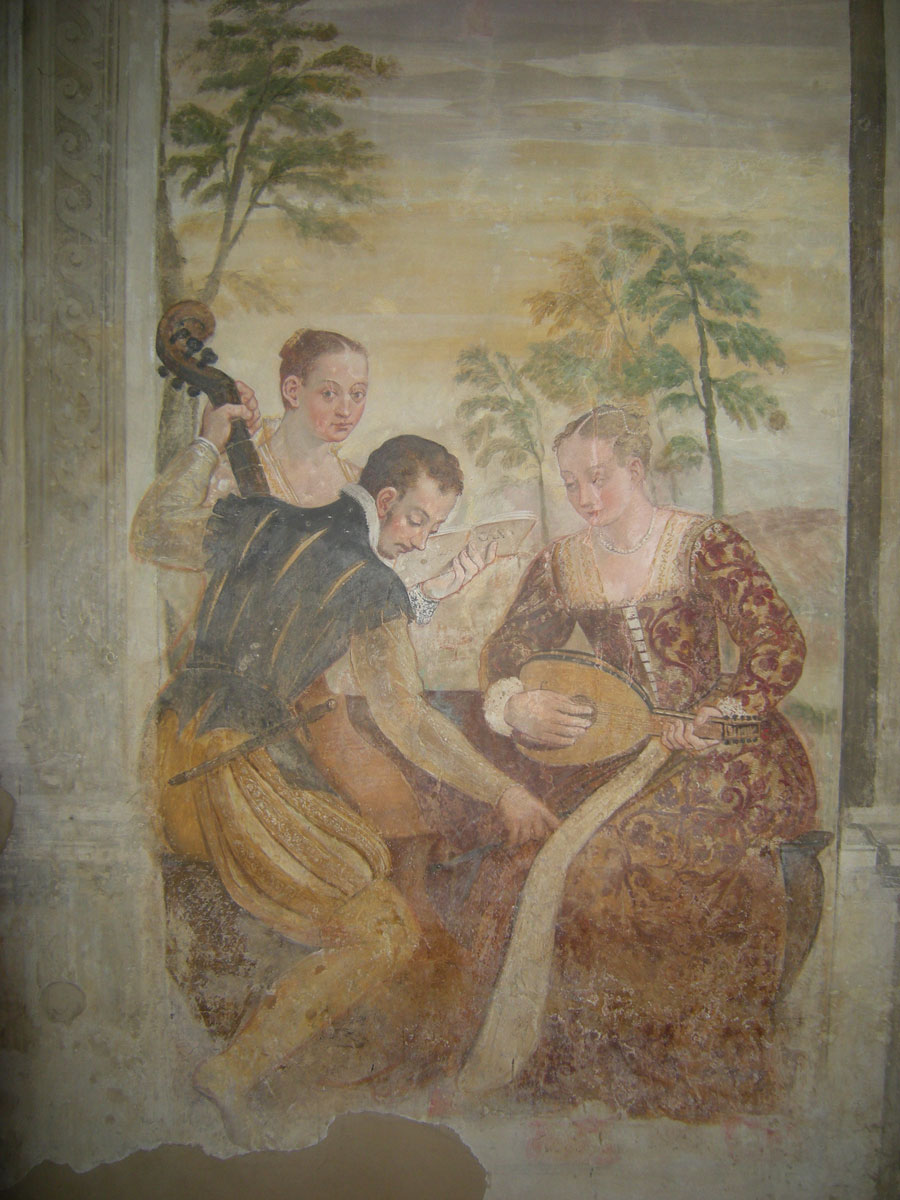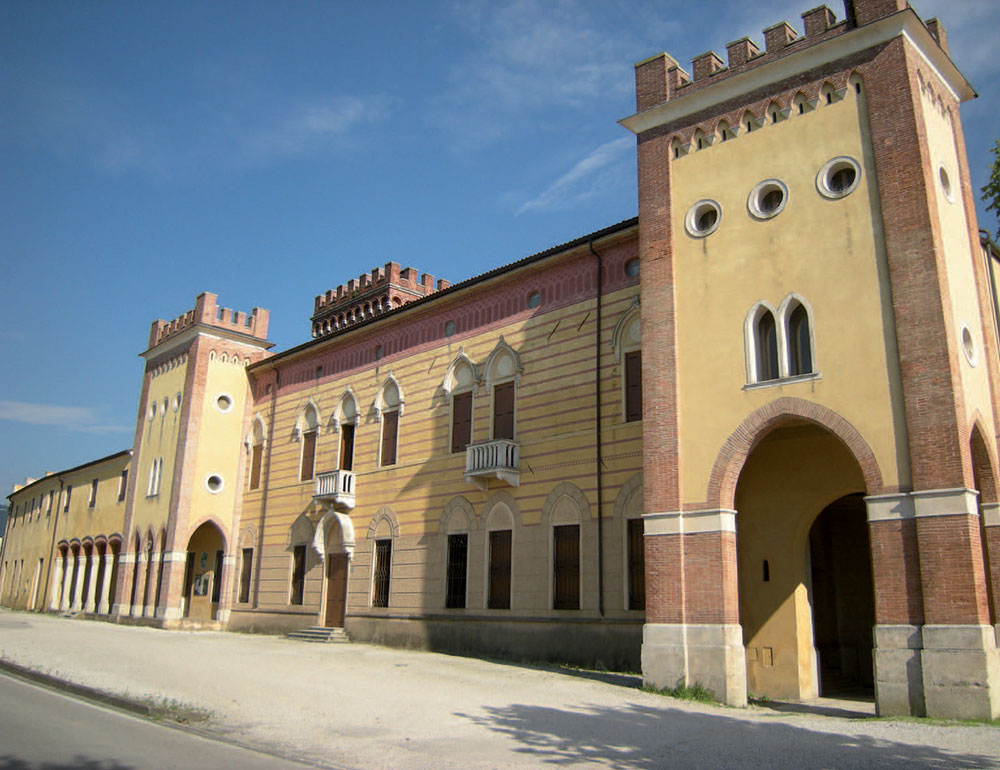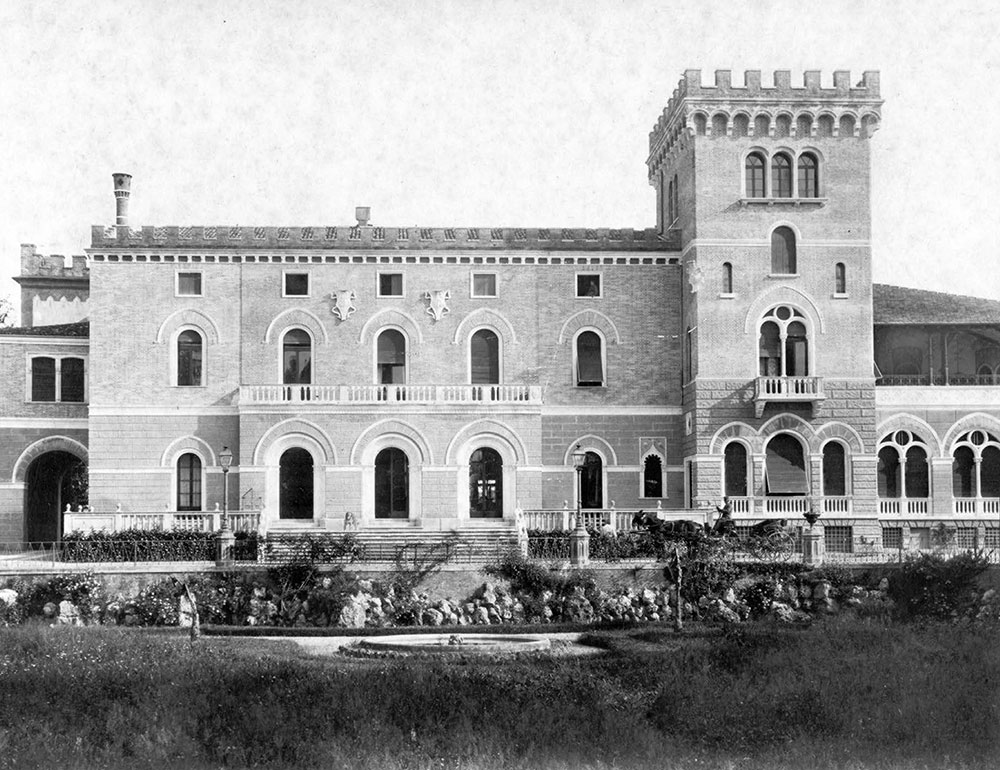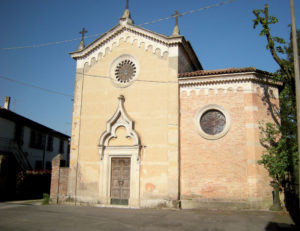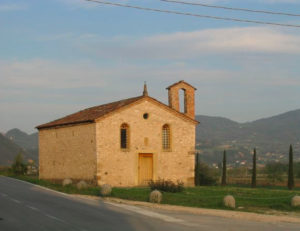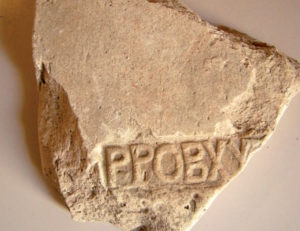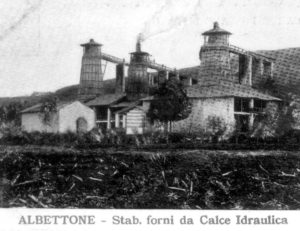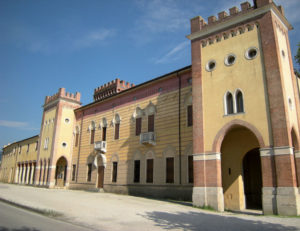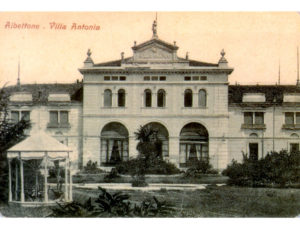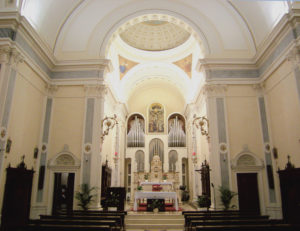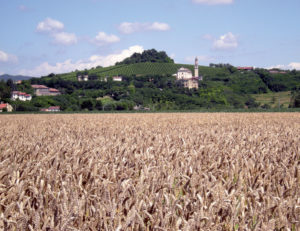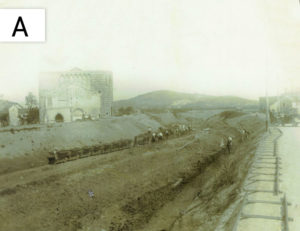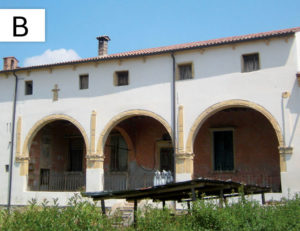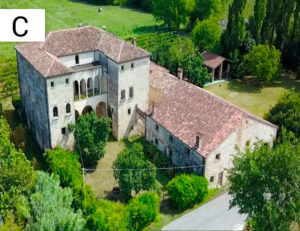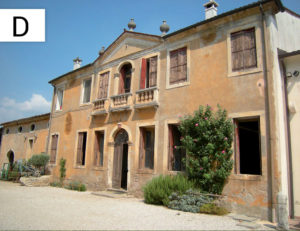Villa Campiglia, Gonzaga, Maroli, Mazzucchelli, Salvi, Negri De Salvi, Negri De Salvi Rejna, Michelazzo, Municipality of Albettone
The villa was built in the fifteenth century by commission of the noble Campiglia family, more precisely the documents reveal that Marco Campiglia was the owner. He was one of the sons of Giovanni di Battista, brother of Antonio. Antonio was the owner of Palazzo Campiglia, now the Municipal Palace. After Marco’s death in 1551, the villa passed to his son Pietro Maria. That same year Pietro Maria commissioned Giovanni Antonio Fasolo (1530-1572) the frescoes, these are still visible in the room to the right of the entrance on the ground floor. A very similar artwork also by Fasolo is present in the Palladian Villa Caldogno, both of these frescoes are important because they give us an insight on entertainment, musical instruments and costumes of those times.
In the 17th century, the villa passed from the Campiglia family to other owners. The first of which nobleman Guido Sforza Gonzaga. However, soon after Guido’s death, his heirs, because submerged in debt, were forced to sell the villa in 1648 to the Brescia nobleman Marco Maroli. The complex, although still inhabited, lost much of its lustre over time. The villa with the related appurtenances (gardens, chapel, rustic) was entirely unchanged until 1842. In this year the new owners, the Salvi counts, employed the famous architect Antonio Caregaro Negrin, to adapt the complex of buildings to their needs. They decided to incorporate the entire fifteenth-century villa into a vast neo-Gothic palazzo, with towers and battlements, open to the south over an extensive garden, giving the Villa its current appearance.
The room with the frescoes by Fasolo is the only part left of the original construction.
Subsequently, the building changed ownership from the Salvi to the Negri, and then again to the Negri De Salvi, this because of the union between Count Eugenio Negri and Countess Giovanna De Salvi. Following the death of Count Edoardo Negri De Salvi, on the 14th of February 1937 in Vicenza, these assets went by succession to the Countess Camilla Negri De Salvi, married in 1913 to Baron Alfonso Rejna Majorana. Finally, on November the 11th, 1939, the estate was purchased by the comm. Albano Michelazzo who kept the villa for ten years, until he sold it to the Municipality of Albettone in 1949.

